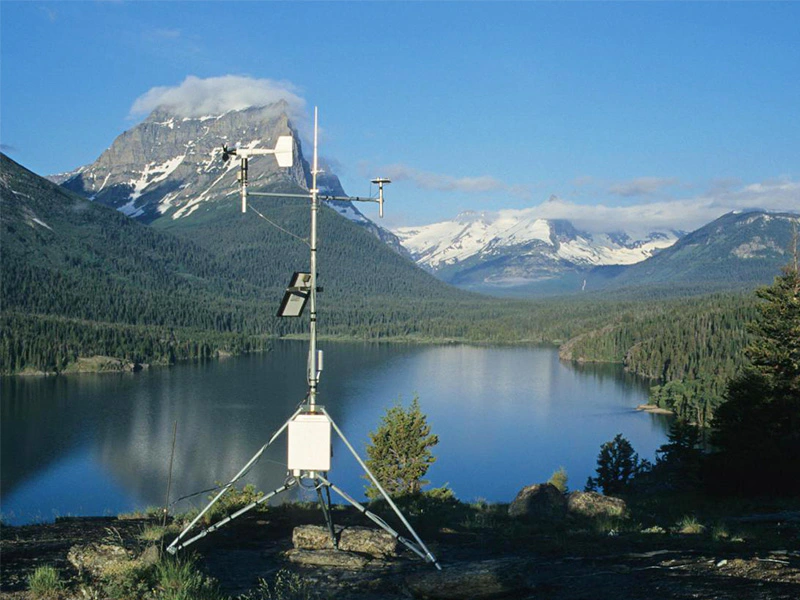
。
# Meteorological Station: Monitoring Weather and Climate Data
## Introduction to Meteorological Stations
A meteorological station is a facility equipped with instruments and sensors designed to observe and record atmospheric conditions. These stations play a crucial role in weather forecasting, climate research, and environmental monitoring. By collecting data on various weather parameters, meteorological stations provide valuable information for scientists, farmers, aviation, and the general public.
## Key Instruments at a Meteorological Station
Modern meteorological stations typically include several essential instruments:
### Temperature Measurement
Thermometers measure air temperature, while soil thermometers track ground temperature variations.
### Precipitation Gauges
These devices measure the amount of liquid precipitation (rain) or solid precipitation (snow, hail) that falls at a location.
### Anemometers
Wind speed and direction are recorded using anemometers and wind vanes, respectively.
### Barometers
Atmospheric pressure is measured by barometers, which help in predicting weather changes.
### Hygrometers
These instruments measure humidity levels in the air, important for understanding evaporation rates and comfort indices.
## Types of Meteorological Stations
### Surface Weather Stations
Located at ground level, these stations provide the most common weather observations.
### Upper-Air Stations
Using weather balloons and radiosondes, these stations collect data from higher atmospheric levels.
### Automated Weather Stations
Modern stations often operate automatically, transmitting data in real-time without human intervention.
## Importance of Meteorological Data
The data collected from meteorological stations serves multiple purposes:
– Weather forecasting and warnings
– Climate change research
– Agricultural planning
– Aviation safety
– Hydrological studies
– Energy production planning
## Challenges in Meteorological Monitoring
Maintaining accurate and consistent weather data collection presents several challenges, including equipment maintenance, data quality control, and the need for standardized measurement techniques across different locations. Remote stations often face additional difficulties with power supply and data transmission.
## Future of Meteorological Stations
Advancements in technology are transforming meteorological stations. Miniaturized sensors, satellite integration, and artificial intelligence for data analysis are improving the accuracy and efficiency of weather monitoring. The development of smart weather stations for personal use is also making meteorological data more accessible to the general public.
Keyword: meteorological station
